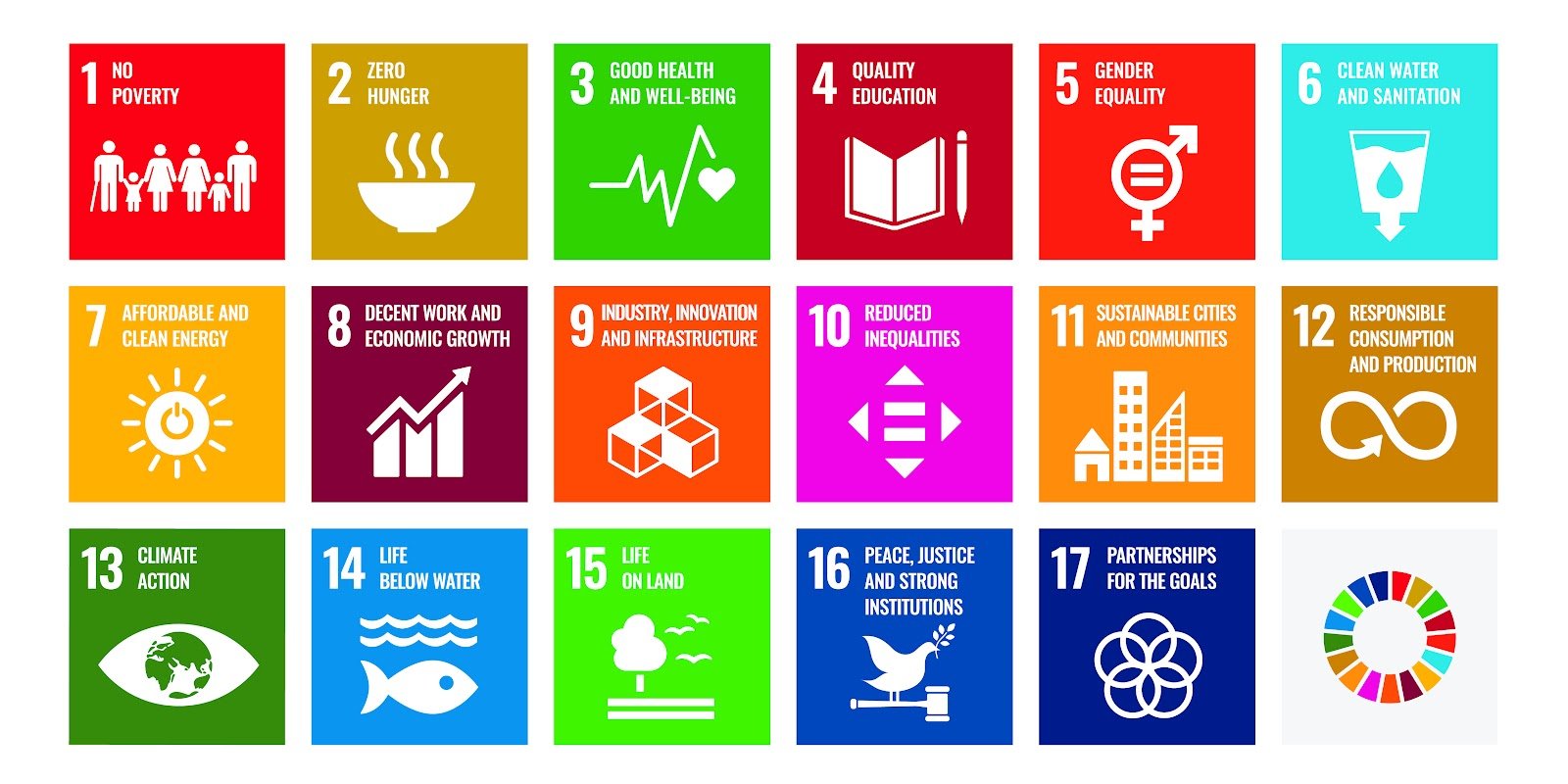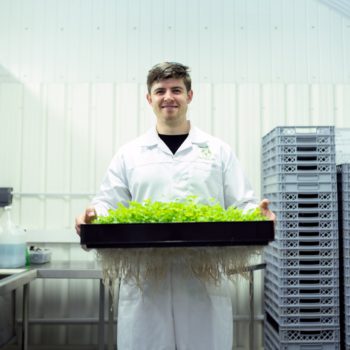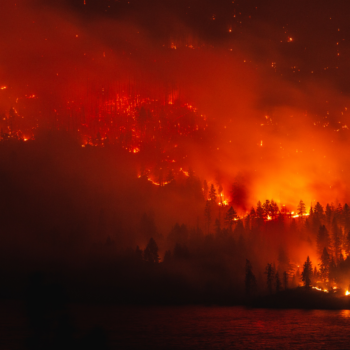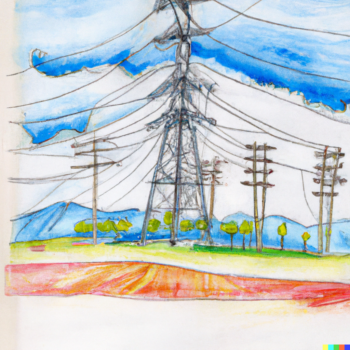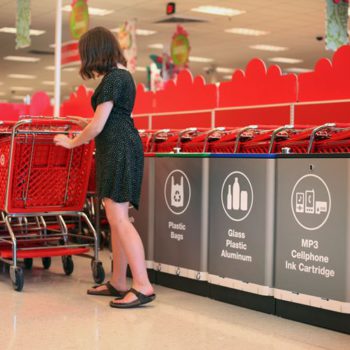|
|
The United Nations Sustainable Development Goals (UN SDGs) are 17 goals aimed at promoting sustainable development and building a more inclusive future. These goals, also known as the 2030 Agenda for Sustainable Development, address a wide range of global challenges, including economic growth, sustainable industrialization, and sustainable consumption and production.
This article will provide an overview of the UN SDGs, analyze each goal in detail, discuss the challenges and obstacles faced in achieving them, and explore the role of governments, organizations, and individuals in driving progress. Get ready to delve into data-driven insights that shed light on building a better world for all.
Key Takeaways
- The United Nations Sustainable Development Goals (UN SDGs) provide a roadmap for addressing global challenges such as poverty, inequality, climate change, and environmental degradation.
- The 17 goals of the UN SDGs are interconnected, and progress in one area can positively affect others, highlighting the importance of a holistic approach to sustainable development.
- The broad categories the goals cover include poverty eradication, hunger and food security, health and well-being, education, and gender equality.
- Governments, organizations, and individuals all play a crucial role in achieving the UN SDGs through collaboration, joint efforts, government policies, resources, expertise, individual choices and actions, and the power of collective action. Successful partnerships and initiatives, such as the Global Compact, Every Woman Every Child, and the Clean Energy Ministerial Initiative, demonstrate the potential for positive change.
Brief explanation of the United Nations Sustainable Development Goals (UN SDGs)
The United Nations Sustainable Development Goals (UN SDGs) are paramount for building a sustainable and inclusive future. These goals serve as a roadmap to address the world’s most pressing challenges. They include poverty, inequality, climate change, and environmental degradation.
The UN SDGs set specific targets and indicators, providing a comprehensive framework. This framework encourages countries to take action and collaborate towards achieving sustainable development for all.
Importance and Relevance of the UN SDGs for Building a Sustainable and Inclusive Future
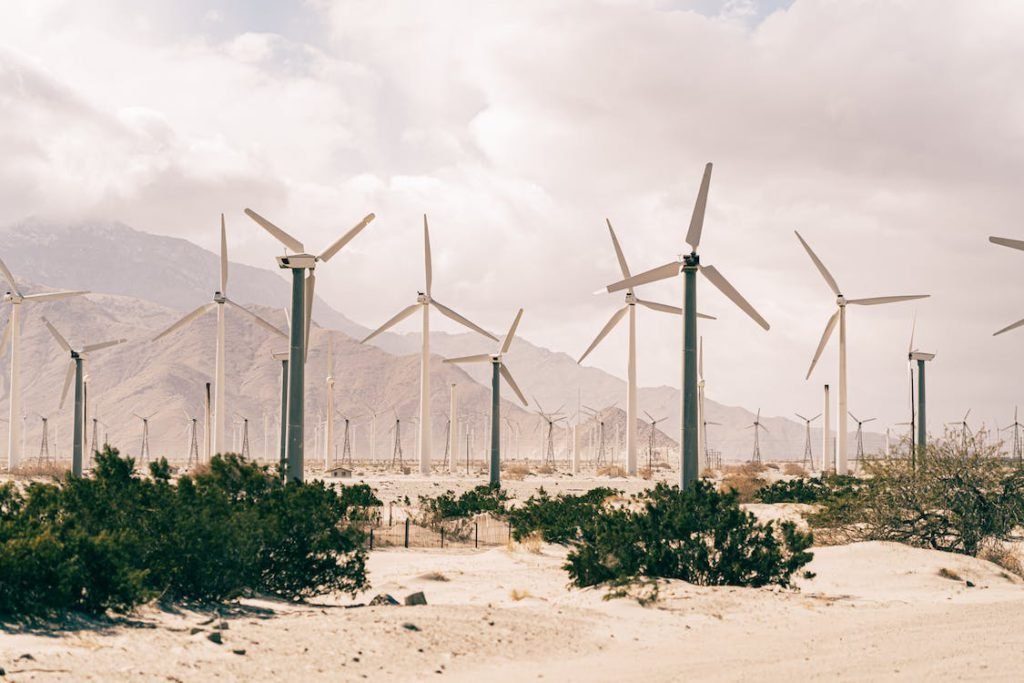
Understanding why the UN SDGs are essential for building a sustainable and inclusive future. The United Nations Sustainable Development Goals provide a comprehensive framework to address global challenges and create positive change. Here are five key reasons why these goals are crucial:
- Addressing inequality: The UN SDGs prioritize reducing inequalities within and among countries, ensuring everyone has equal opportunities and access to resources.
- Environmental sustainability: With goals like clean energy, responsible consumption, and climate action, the UN SDGs aim to protect our planet for future generations.
- Economic growth: By promoting sustainable economic growth, decent work, and innovation, the goals seek to improve living standards while preserving natural resources.
- Health and well-being: Ensuring healthy lives and promoting well-being is fundamental to sustainable development.
- Peaceful societies: The UN SDGs recognize that peace, justice, strong institutions, and accountable governance are essential for sustainable development.
By focusing on these areas of action, the UN SDGs pave the way for a more prosperous and inclusive future for all.
Sustainable and Resilient Infrastructure
One of the UN SDGs’ fundamental principles is promoting sustainable and resilient infrastructure. This involves building infrastructure that can withstand the impacts of climate change and natural disasters while promoting sustainable economic growth. It also fosters innovation to find sustainable solutions to the world’s most pressing challenges.
Quality Education
Quality education is another essential goal of the UN SDGs. It emphasizes the need to ensure inclusive and equitable education for all, promoting lifelong learning opportunities and providing quality education to individuals of all ages. This goal recognizes education as a fundamental human right and a key driver of sustainable development.
Sustainable Resource Management
The UN SDGs also emphasize the importance of sustainable management and efficient use of natural resources. This includes sustainable use of terrestrial and marine ecosystems, promoting sustainable agriculture, and ensuring access to clean water and sanitation for all. It aims to achieve sustainable consumption and production patterns and reduce waste.
Full and Productive Employment
Another key focus of the UN SDGs is to promote full and productive employment and decent work for all. This involves creating more job opportunities, ensuring fair wages and safe working conditions, and promoting equal economic opportunities for everyone regardless of gender, age, or background.
Interconnected Sustainable Development Goals
The 17 Sustainable Development Goals (SDGs) represent a comprehensive roadmap for addressing the world’s most critical challenges and fostering holistic, sustainable development. These goals, which encompass diverse areas such as poverty eradication, gender equality, climate action, and sustainable urban development, are intentionally interconnected.
This interconnectedness acknowledges that the achievement of one goal often depends on the progress made in others. For example, ensuring quality education (Goal 4) is closely tied to promoting decent work and economic growth (Goal 8), which can ultimately contribute to reducing poverty (Goal 1). These interdependencies underscore the need for a multifaceted and collaborative approach to achieve the SDGs by 2030.
Recognizing these links among the goals encourages comprehensive strategies addressing global challenges’ root causes. Whether improving access to clean water (Goal 6) or combating inequalities (Goal 10), these goals collectively represent a shared vision for a sustainable and inclusive future. By fostering synergy and coordination across various sectors, governments, organizations, and individuals can work together to tackle complex global issues and create positive, far-reaching impacts that benefit communities and ecosystems worldwide.
Explanation of the 17 Goals and Their Interconnectedness
To understand the interconnectedness of the 17 United Nations Sustainable Development Goals, it’s important to explain each goal and its contributions to building a sustainable and inclusive future. These goals are not standalone objectives; they are interconnected and mutually reinforcing.
- No Poverty: End poverty in all its forms everywhere, aiming to ensure everyone has access to basic needs and economic opportunities.
- Zero Hunger: Eliminate hunger, achieve food security, improve nutrition, and promote sustainable agriculture to ensure no one goes hungry.
- Good Health and Well-being: Ensure healthy lives and promote well-being for all ages, focusing on reducing child mortality, improving maternal health, and combating major diseases.
- Quality Education: Ensure inclusive and equitable quality education and promote lifelong learning opportunities for all, aiming to provide education that is accessible and of high quality.
- Gender Equality: Achieve gender equality and empower all women and girls by ending discrimination, violence, and harmful practices.
- Clean Water and Sanitation: Ensure access to clean water and sanitation for all, aiming to improve water quality, wastewater treatment, and hygiene.
- Affordable and Clean Energy: Ensure access to affordable, reliable, sustainable, and modern energy for all, focusing on renewable energy sources.
- Decent Work and Economic Growth: Promote sustained, inclusive, sustainable economic growth, full and productive employment, and decent work.
- Industry, Innovation, and Infrastructure: Build resilient infrastructure, promote inclusive and sustainable industrialization, and foster innovation to support economic growth.
- Reduced Inequality: Reduce inequality within and among countries by ensuring equal opportunities, reducing income inequalities, and promoting social inclusion.
- Sustainable Cities and Communities: Make cities and human settlements inclusive, safe, resilient, and sustainable, focusing on efficiently using resources and reducing environmental impacts.
- Responsible Consumption and Production: Ensure sustainable consumption and production patterns, including reducing waste generation and promoting sustainable lifestyles.
- Climate Action: Take urgent action to combat climate change and its impacts, including efforts to mitigate and adapt to climate-related challenges.
- Life Below Water: Conserve and sustainably use the oceans, seas, and marine resources for sustainable development, including measures to protect marine ecosystems.
- Life on Land: Protect, restore, and promote sustainable use of terrestrial ecosystems, sustainably manage forests, combat desertification, halt and reverse land degradation, and halt biodiversity loss.
- Peace, Justice, and Strong Institutions: Promote peaceful and inclusive societies for sustainable development, provide access to justice for all, and build effective, accountable, and inclusive institutions.
- Partnerships for the Goals: Strengthen the means of implementation and revitalize the global partnership for sustainable development, promoting collaboration among governments, private sectors, and civil society to achieve the SDGs
Discussion on the Broad Categories Covered by the Goals
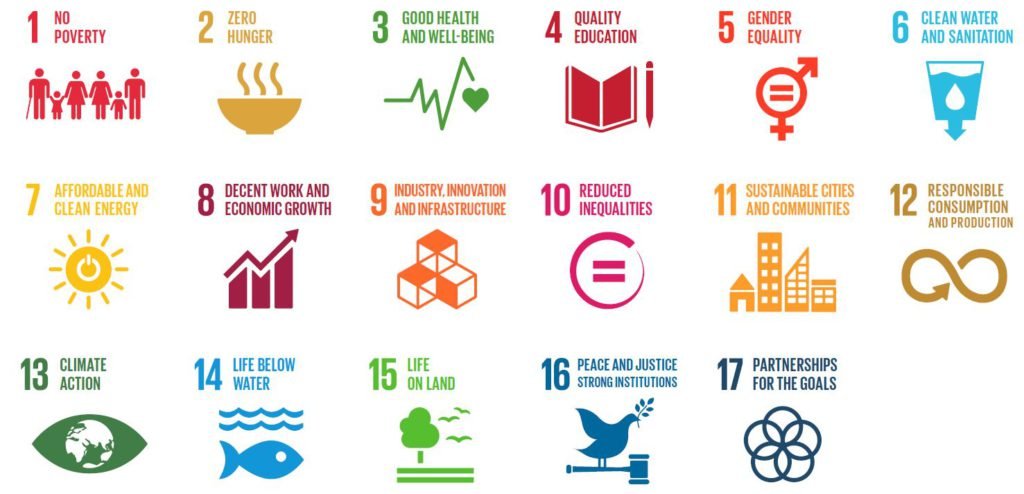
The goals cover a range of categories, including poverty eradication, hunger and food security, health and well-being, education, gender equality, clean energy, responsible consumption, climate action, and partnerships.
Each category plays a crucial role in building a sustainable and inclusive future. Poverty eradication aims to lift people from extreme poverty by providing access to necessities such as food, water, and shelter. Hunger and food security focuses on ensuring everyone has enough nutritious food. Health and well-being address the need for quality healthcare services for all individuals.
Education aims to provide inclusive and equitable education opportunities at all levels. Gender equality strives for equal rights and opportunities for all genders. Clean energy promotes the use of renewable energy sources to combat climate change. Responsible consumption encourages sustainable production patterns while reducing waste generation.
Climate action tackles the urgent need to mitigate greenhouse gas emissions and adapt to changing climatic conditions. Lastly, partnerships aim to mobilize resources from various stakeholders toward achieving these goals effectively.
Examples and Statistics Highlighting the Current Challenges in Achieving These Goals
You must consider the examples and statistics highlighting our obstacles to understand the current challenges in achieving these goals. The United Nations Sustainable Development Goals (SDGs) encompass many issues, including poverty eradication, quality education, gender equality, climate action, and clean energy. However, progress towards these goals has been slow and uneven globally.
For instance, statistics show that over 700 million people live in extreme poverty, with Sub-Saharan Africa being the region most affected. Additionally, girls continue to face barriers to accessing education in many parts of the world. Climate change poses another significant challenge as greenhouse gas emissions rise rapidly.
Moreover, millions of people lack access to clean water and sanitation facilities. These examples demonstrate the urgent need for collective action to address these challenges and ensure a sustainable and inclusive future for all.
| Goal | Challenges |
| Poverty Eradication | Over 700 million people still live in extreme poverty |
| Quality Education | Girls face barriers accessing education globally |
| Gender Equality | Women are underrepresented in leadership positions |
| Climate Action | Greenhouse gas emissions continue to rise |
| Clean Energy | Limited access to clean energy sources |
Challenges and Obstacles
Regarding the United Nations Sustainable Development Goals (SDGs), identifying and addressing the main challenges and obstacles hindering progress is crucial.
The complexity of implementing such wide-ranging goals cannot be ignored, as it requires coordination and collaboration across various sectors and stakeholders.
Additionally, concerns about potential conflicts or trade-offs between different goals must be addressed to ensure that progress toward one goal does not hinder the achievement of another.
Role of Governments, Organizations, and Individuals
Governments, organizations, and individuals must unite to champion and facilitate these objectives. Governments are instrumental in crafting policies and regulations conducive to sustainable development, organizations contribute valuable resources and expertise, and individuals wield substantial influence through their choices and actions. The remarkable potential of collective action in advancing the SDGs has been evidenced through successful partnerships and initiatives at various scales.
Importance of Collaboration and Joint Efforts in Achieving the UN SDGs
Collaboration and joint efforts are crucial in achieving the UN SDGs. To address complex global challenges, governments, organizations, and individuals need to work together toward a common goal. The power of collaboration lies in its ability to leverage diverse perspectives, resources, and expertise.
To achieve the UN SDGs effectively, collaboration should occur at multiple levels:
- International Collaboration: Encouraging cooperation among countries is vital for addressing global issues such as climate change and poverty eradication. Joint initiatives like international agreements and partnerships can foster knowledge sharing and resource mobilization.
- Multi-stakeholder Collaboration: Engaging various stakeholders, including civil society organizations, private sector entities, academia, and local communities, is critical to sustainable development. Innovative solutions can be developed by involving different actors with complementary skills and resources.
By fostering collaboration on these levels, we can harness collective intelligence to drive progress towards building a sustainable and inclusive future for all.
Frequently Asked Questions
The UN SDGs are monitored and evaluated through the High-Level Political Forum on Sustainable Development. This forum meets annually to assess progress, review implementation efforts, and discuss challenges and best practices. It encourages countries to voluntarily report on their progress towards the goals and share experiences and lessons learned.
Numerous successful initiatives and projects have contributed to achieving the UN SDGs. For example, the Solar Sister initiative has empowered women in rural areas by providing them with clean energy solutions while simultaneously contributing to the goal of affordable and clean energy. Another example is the Gavi, the Vaccine Alliance, which has successfully increased access to vaccines in developing countries, contributing to the goal of good health and well-being.
The UN SDGs recognize developing countries’ specific needs and challenges and aim to address them through various goals. For example, poverty eradication specifically targets developing countries and seeks to ensure that no one is left behind. Additionally, the purposes related to access to clean water, affordable and clean energy, and quality education all address developing countries’ specific challenges.
Individuals can contribute to the progress of the UN SDGs in their daily lives by making sustainable choices and adopting responsible consumption and production patterns. This can include reducing waste, conserving energy and water, supporting local businesses, and advocating for sustainable practices. Additionally, individuals can volunteer or support initiatives that align with the goals.
Some potential barriers to achieving the UN SDGs include lack of resources, political will, and awareness. These barriers can be overcome through increased international cooperation and partnerships, increased financial support, and education and awareness campaigns to promote the importance of the goals. Addressing systemic inequalities and empowering marginalized communities can also contribute to overcoming these barriers.
Conclusion
The United Nations Sustainable Development Goals provide a comprehensive roadmap for building a sustainable and inclusive future by 2030. These goals recognize the interconnectedness of various social, economic, and environmental issues and emphasize the need for collaboration and joint efforts to achieve sustainable development.
While there are challenges and potential conflicts between different goals, addressing these challenges requires the active participation of governments, organizations, and individuals. Working together and taking concrete actions can create a better world for present and future generations.
